Remember how Netflix started as a DVD rental-by-mail service in the shadows of Blockbuster, the giant dominating the movie rental market?
Two companies. Two choices. One decided to pivot. The other didn’t. We know how the story turned out.
Pivots are more common than we expect. The founders of Shopify aimed to create an online store for snowboarding equipment. Twitter was initially a podcasting platform. The list goes on.
Today, across Europe’s startup ecosystem, founders are navigating an uncertain, volatile, and complex landscape. From a Systems Thinking and Complexity Theory perspective, the question is not whether to pivot, but when.
Complex problems need adaptive responses
Issues like climate change, food systems, and social inequality are complex and nonlinear. Companies working in the sphere operate in a dynamic system — intervening while observing and receiving feedback. A successful strategy requires surfing-like principles: sensing, adapting, and dancing with the current.
This became real for me recently when I went surfing in Morocco. Struggling to find balance on the board, I observed the similarities between the sea and the startup environment – full of invisible forces and constant change.
Donella Meadows refers to this as “Dancing with Systems.” Success comes not from forcing a direction, but from cultivating sensitivity to change and adjusting in response. As a social dancer, I’ve learned the art of attuning to another’s movements in real time. This intuitive recalibration is essential for today’s entrepreneurs.
Why founders wait too long
If misunderstood, resilience can become stubbornness. Many founders mistakenly believe that grit can override reality. This traps them in cognitive bias, the sunk cost fallacy, and identity entanglement.
Purposeful Design offers a powerful alternative — staying rooted in values and vision while remaining strategically fluid. Patagonia is the quintessential example. Founder Yvon Chouinard built the company on strong environmental principles, yet never hesitated to make adjustments like launching circular initiatives — Worn Wear — and transferring ownership to safeguard its mission. When purpose drives strategic decisions, adaptability creates long-term success.
Adaptability and antifragility
Instead of measuring “how much you can take before you fall,” founders should embrace adaptability and antifragility – the capacity to come back stronger after a shock. Our world is no longer just VUCA (Volatile, Uncertain, Complex, Ambiguous); it’s also BANI (Brittle, Anxious, Non-linear, Incomprehensible). Adaptability and antifragility are key survival traits.
Think of the Silicon Valley mindset — test, fail, learn, iterate — or of a child who, by falling and recalibrating progressively, learns to walk. Leadership today means embodying this mindset wholeheartedly.
The hidden toll of inaction
Most startups don’t fail overnight. They slowly go downhill, and the signs are visible. Metrics plateau. Product development stalls. The team starts to lose energy, and the founders’ mental health diminishes.
A study revealed that 72 per cent of entrepreneurs “self-reported mental health concerns.” Surprising? Not really. Entrepreneurs navigate in a perpetual state of uncertainty and often shoulder enormous pressure, especially if their identity is so connected to their business that seeing it falter feels extremely threatening.
Continuous recalibration
This is where leadership becomes essential.
Founders must build in structured checkpoints. Regularly ask: Is this direction still aligned with our purpose? Are our assumptions still true? If the answer is unclear or negative, investigate. Not all downturns require a pivot, but all prolonged ambiguity deserves scrutiny.
To cut through the emotional noise, bring in an outside perspective. People less invested in the original narrative can focus on evidence-based facts.
Internally, build a culture where iteration is normalised. Teams that feel safe to raise concerns are more likely to spot misalignments. Foster a growth mindset, where feedback and change are seen as opportunities for improvement. Instead of punishing the team for pointing out uncomfortable truths, reward it.
The inner work is equally critical. Staying loyal to your vision requires knowing what that vision is and why it matters to you. When your drive is intrinsic, setbacks become signals, not roadblocks.
Very importantly, separate your sense of worth from your business. If your perceived value depends entirely on a single outcome, you’ll lose your ability to evaluate it honestly.
A final reflection
Building a venture is rarely a straight path. It’s more like a dance, where staying connected to the rhythm of reality is key. This means listening to feedback, remaining open to possibilities, and adjusting your approach. If you’re wondering whether it’s time to pivot, you’re entering a critical decision-making space. Many founders don’t ask this question until they feel something has stopped working. Instead of ignoring that feeling, lean into it and dig deeper.
Resilience is commendable, but it’s worth asking: Is your version of resilience serving your vision, or is it serving your ego? In today’s complex world, true strength lies not just in resilience but also in adaptability and antifragility – traits that allow you to thrive and grow through change rather than simply endure it.
Author
Magdalena Herrador Moreno is the Scale-ups Accelerator Programme Support Manager at EIT Food Entrepreneurship (RisingFoodStars), a Systems Thinking and Complexity expert, Co-director of the Master in Creativity and Design Leadership at Elisava Madrid, and founder of the Strategic Life Design Lab.



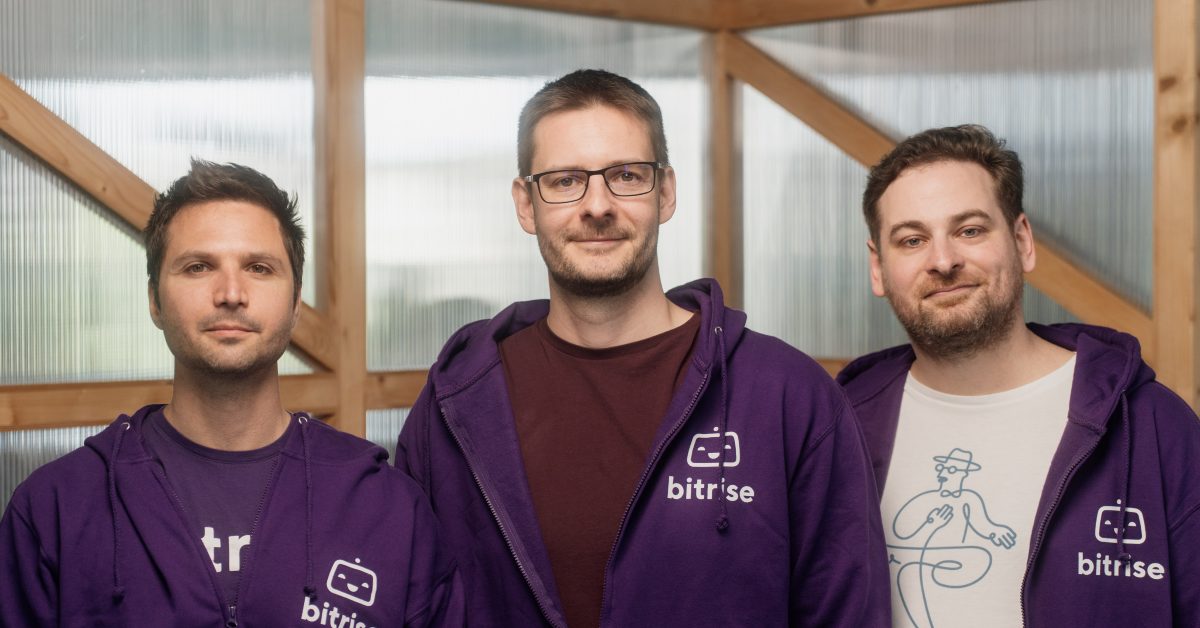
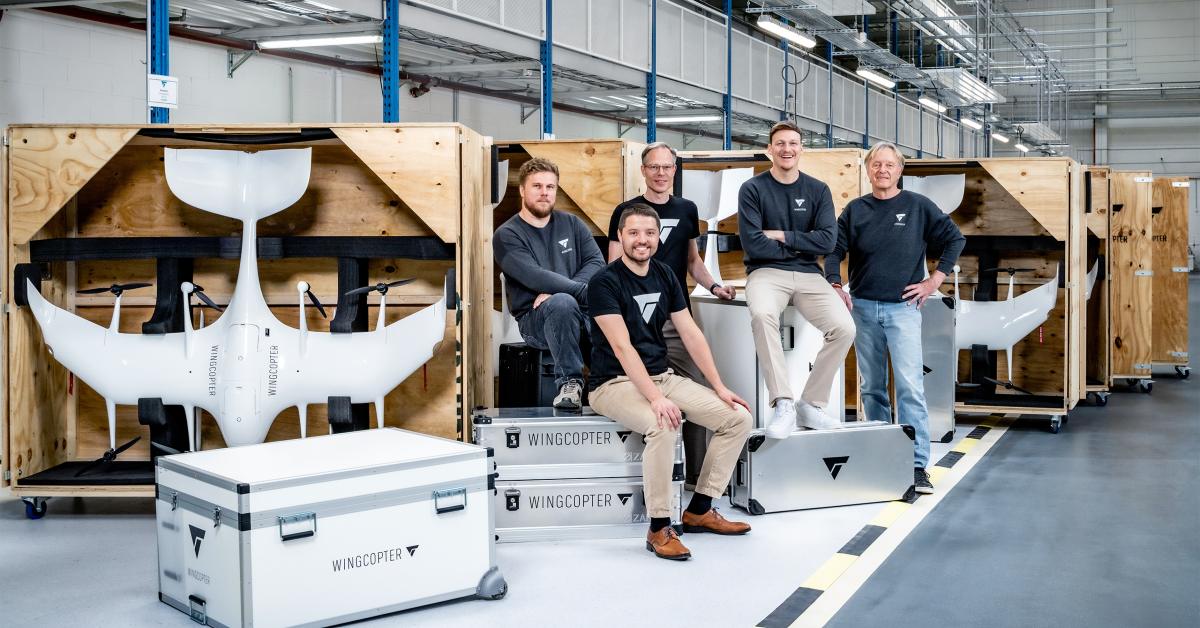
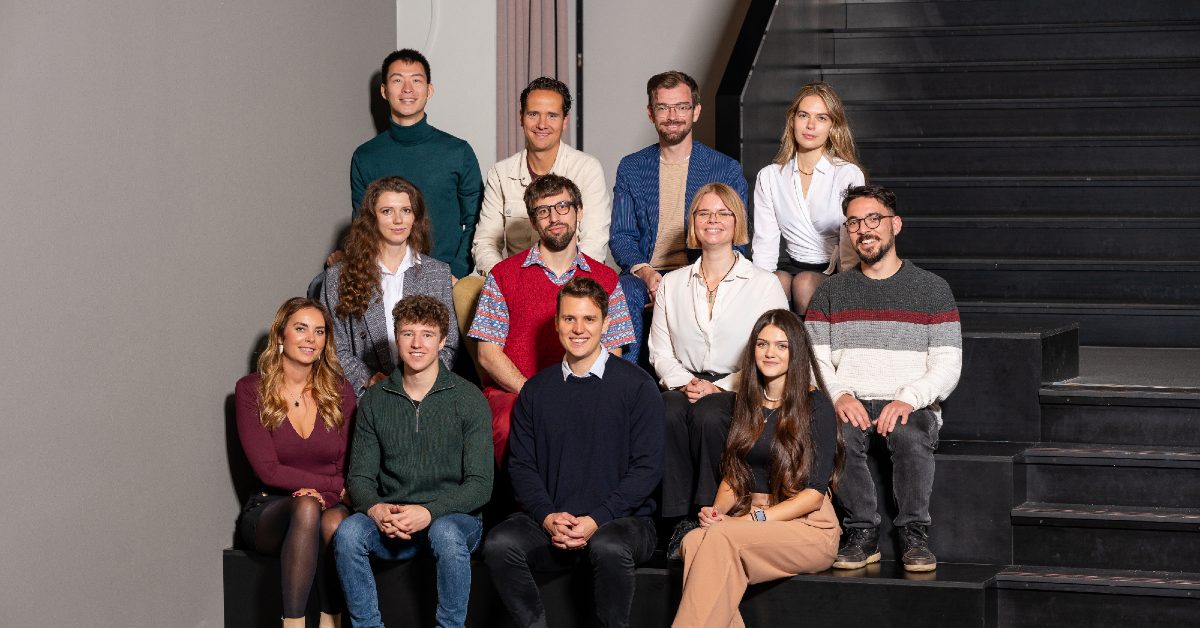
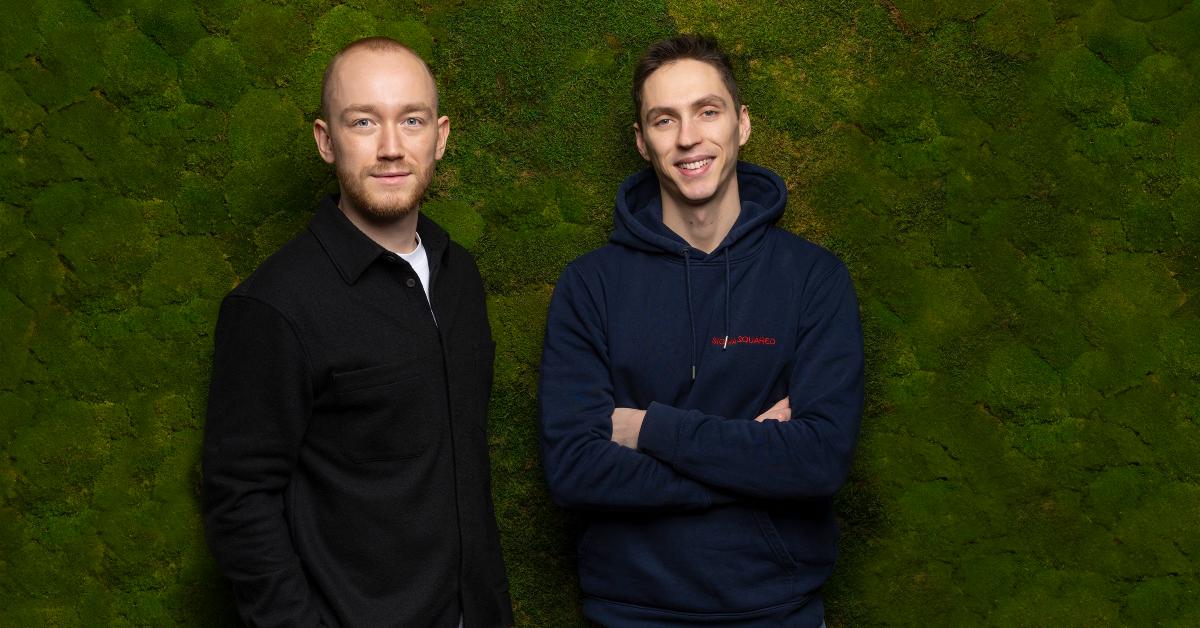

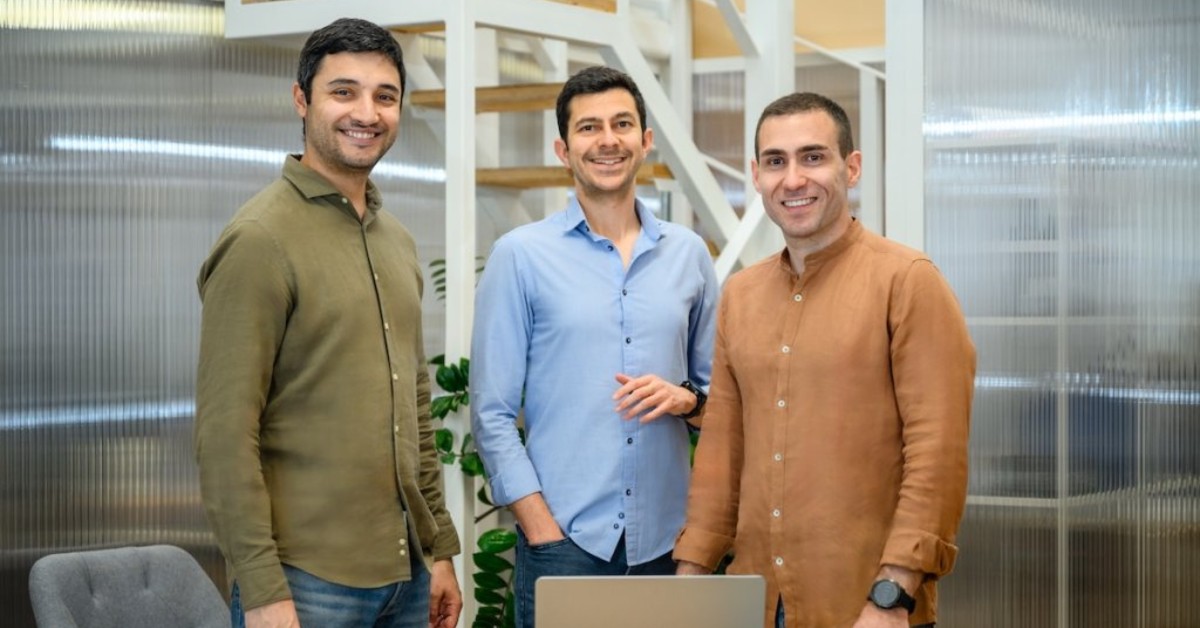

01
From Mexico City to Rotterdam: How the Dutch Startup Visa launched Estefania Hernandez’s HR tech revolution